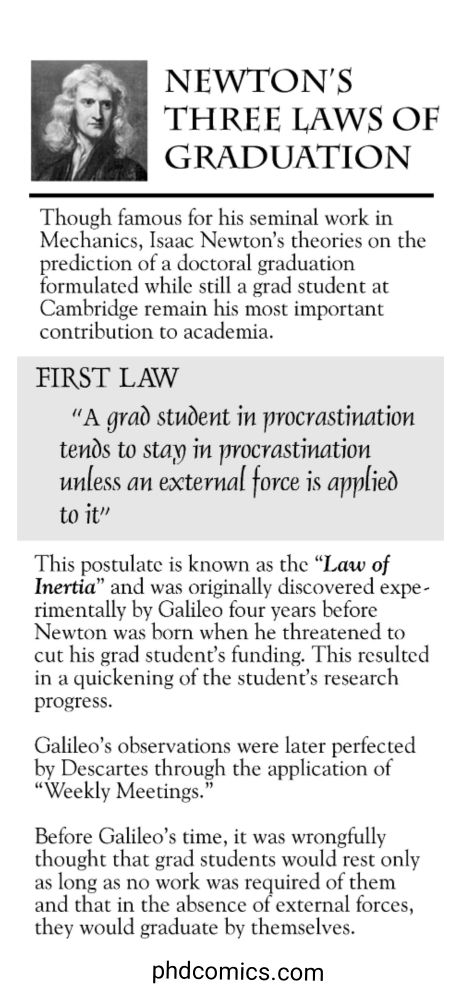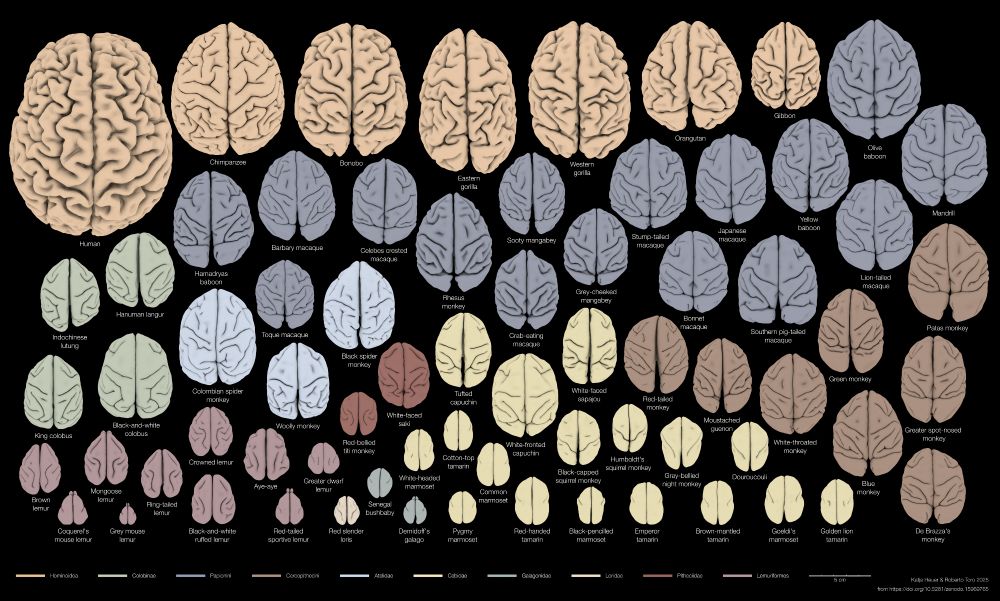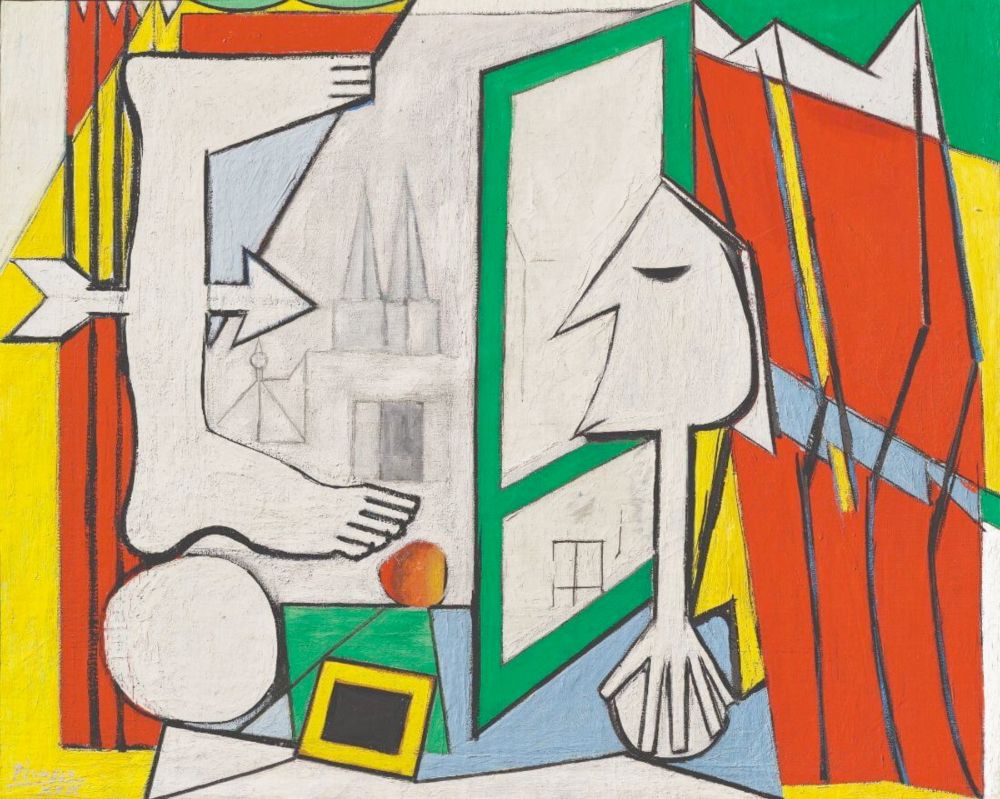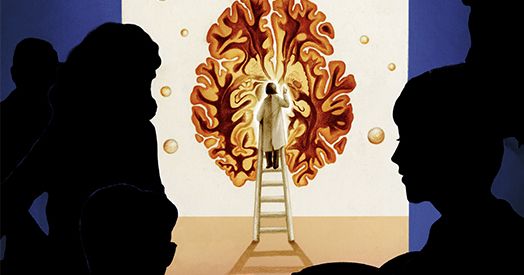Lorenz Assländer
@cybal.bsky.social
420 followers
780 following
73 posts
Researching the CYbernetics of human BALance
multisensory integration | balance control | motor control | biomechanics
VR to test balance | AR to improve balance
Wannabe Entrepreneur
Posts
Media
Videos
Starter Packs
Pinned
Reposted by Lorenz Assländer
Reposted by Lorenz Assländer
Brian Umberger
@brianumberger.bsky.social
· Aug 28
Tenure-track Faculty Position in Biomechanics (Open Rank), University of Michigan, Ann Arbor, MI, USA -
Biomch-L
The School of Kinesiology (http://kines.umich.edu) at the University of Michigan invites applications and nominations for a tenure-track faculty position at the level of Assistant Professor, Associate...
biomch-l.isbweb.org
Lorenz Assländer
@cybal.bsky.social
· Aug 26
Lorenz Assländer
@cybal.bsky.social
· Aug 25
Lorenz Assländer
@cybal.bsky.social
· Aug 25

Is It Me or the Train Moving? Humans Resolve Sensory Conflicts with a Nonlinear Feedback Mechanism in Balance Control
Humans use multiple sensory systems to estimate body orientation in space. Sensory contributions change depending on context. A predominant concept for the underlying multisensory integration (MSI) is...
www.jneurosci.org
Lorenz Assländer
@cybal.bsky.social
· Aug 25
Lorenz Assländer
@cybal.bsky.social
· Aug 25
Lorenz Assländer
@cybal.bsky.social
· Aug 25
Reposted by Lorenz Assländer
Sholto David
@sholtodavid.bsky.social
· Aug 5
Reposted by Lorenz Assländer
Reposted by Lorenz Assländer
Reposted by Lorenz Assländer
Reposted by Lorenz Assländer
Reposted by Lorenz Assländer
Wanja Wolff
@wanjawolff.bsky.social
· Jun 3
Reposted by Lorenz Assländer
Dan Goodman
@neural-reckoning.org
· May 29
Lorenz Assländer
@cybal.bsky.social
· Jun 3

Is it me or the train moving? Humans resolve sensory conflicts with a nonlinear feedback mechanism in balance control
Humans use multiple sensory systems to estimate body orientation in space. Sensory contributions change depending on context. A predominant concept for the underlying multisensory integration (MSI) is...
www.biorxiv.org
Lorenz Assländer
@cybal.bsky.social
· May 13











